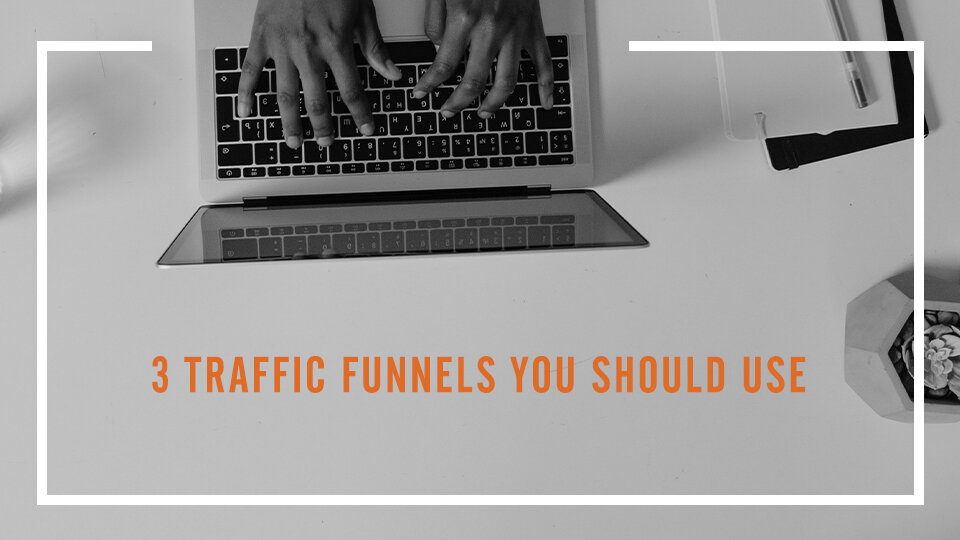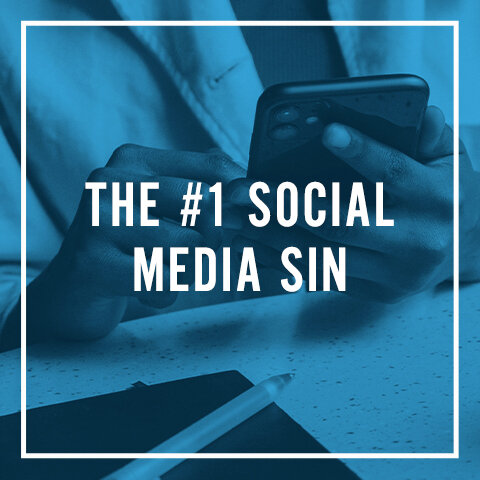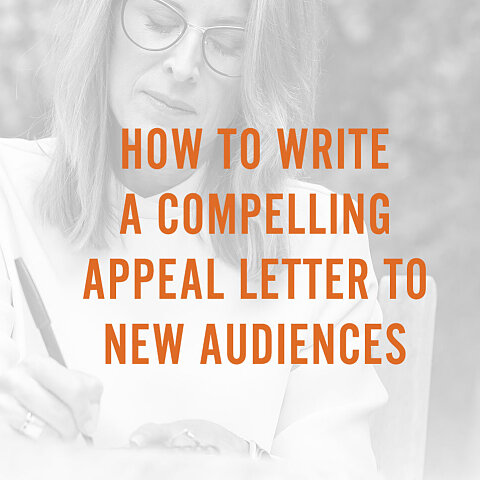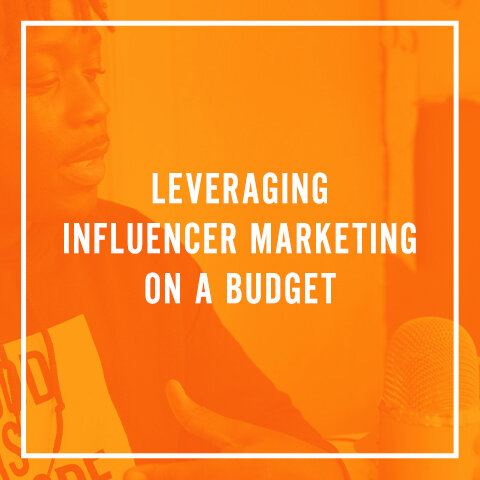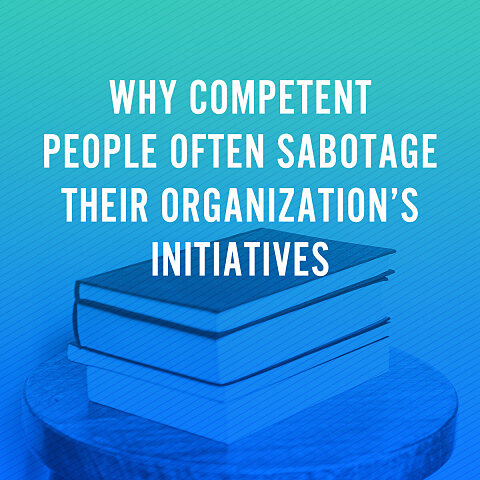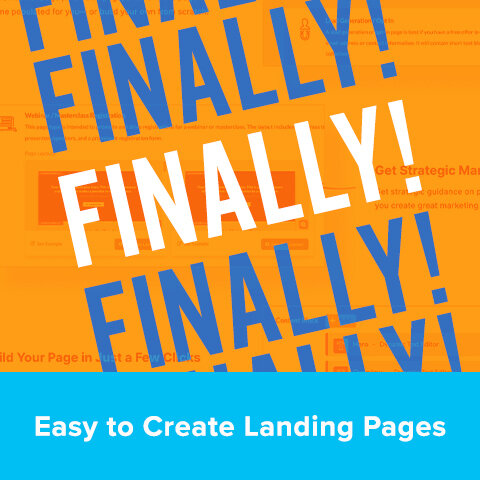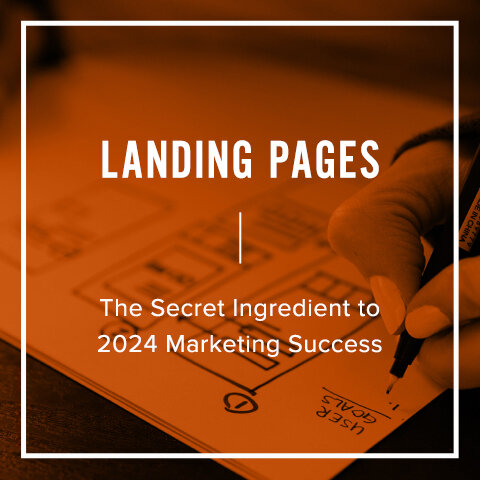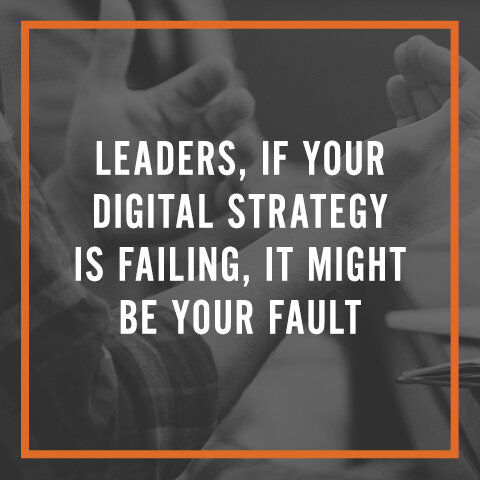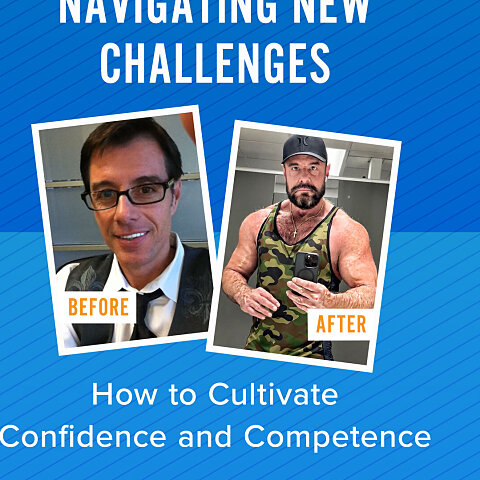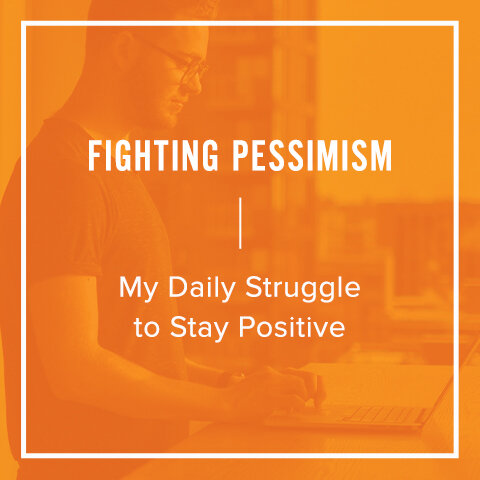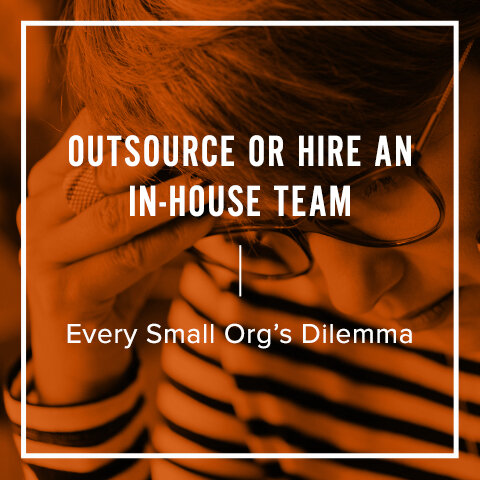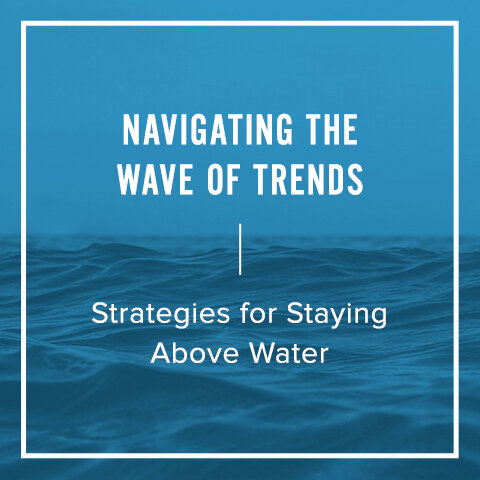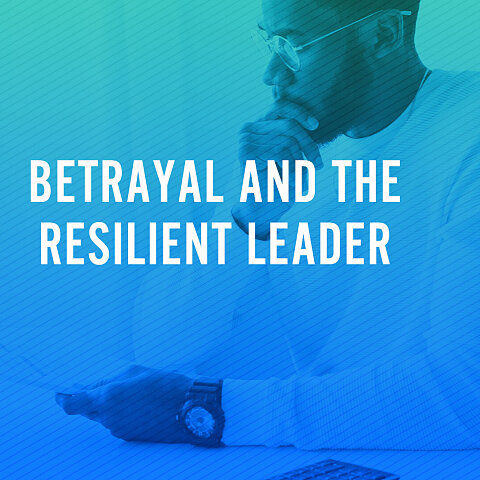3 Traffic Funnels You Should Use
By Maurilio Amorim
Funnels are everywhere. It seems like every product and service sold online is part of a funnel. While funnels are no doubt an effective sales strategy, building a funnel can be overwhelming. What journey do you want to take your customers on? What touchpoints should you use and which will be most effective?
While there are a lot of options out there, there are three highly effective funnels that most campaigns use.
You might be wondering if this same approach can work for you if you’re not selling a product. While not everyone sells a physical product, we are all selling something. Even nonprofits are selling the promise of solving a problem. And if you can’t think of a problem your organization solves, you have some serious lifting to do before you should think of marketing or messaging.
According to Russell Brunson, the creator of ClickFunnels, these three core funnels work together to move people into a customer journey from cold to warm to hot.
The main idea is that when you first meet someone, you give them something of value that costs them little or even nothing and then continue to add value before you ask them for a more extensive engagement.
Here is a summary of the three key funnels.
The Tripwire: Your First Funnel
A tripwire is the easiest “yes” you can get from a cold audience. Here are few examples of tripwires: a free download, a free book with paid shipping costs or a deeply discounted product ($50 value for $5).
The tripwire requires a commitment to obtain, but it’s an easy yes. How many guides, e-books or downloads have you given your information to get? We all have made that exchange many times.
But tripwires seldom can solve your audience’s problem. After all, most challenges in life can’t be turned around with a 12-page guide. However, the tripwire establishes expertise, creates goodwill and engages your target audience in a meaningful way.
If you can take any form of payment (i.e., shipping, a small donation), you will break a significant barrier: earned trust. Once someone trusts you with their credit card information – for any amount – they are more likely to purchase or give again at a greater number.
The Masterclass: Your Second Funnel
The masterclass or webinar is a great second funnel to help move people further in the engagement cycle with your organization. While there are so many nuances on doing a masterclass, the main idea is this: give people quality content, dispel their objections and invite them to take action and buy your product, join your group or make a donation.
Webinars are a great way to give people a bandaid fix and point them to the cure, which is the call to action of your webinar.
You can make two critical mistakes in your masterclass or webinars: 1) You can give people too little helpful content or 2) you can give them too much. The rule of thumb is to spend 60% of your time teaching relevant content and spend the next 40% making a case for your offer or call to action at the end.
If your organization offers products (books, curriculum, video courses) or services (coaching, training, learning), the masterclass funnel can help you convert to more significant next steps.
Here are some best practices metrics on masterclass/webinar conversions:
25% of the people who sign up for your webinar will attend.
10% of the people who attend will say yes to your offer during the webinar.
10% of the people who attend will say yes to your offer after the webinar.
As we move people from the tripwire to the masterclass, the next step is your most in-depth and expensive offer.
The High Ticket: Your Third Funnel
This is where you and your organization can have the most significant impact. After all, the high ticket offer is something that costs a lot. I can already hear the objection: “But we are a nonprofit and we don’t have a high ticket offer.”
If you are a nonprofit that doesn’t have a product or service to sell, instead of thinking of a coaching program, think about establishing an exclusive group of donors who come together once a year in the “president’s forum” hosted at a resort or part of a small advisory team.
The idea here is that once someone has gone through the first two levels of engagement, they are ready for the ultimate option you have to offer them.
This is where you can give the biggest impact and results to those engaging with you. When people pay or give more, you can serve them at a higher level. Also, at higher prices, people are typically more invested and more likely to have higher levels of success.
Another compelling reason is that the high ticket funnel is where you make the most money. Typically, higher ticket products are almost all profit, especially when the lead acquisition costs have been covered in the lower funnels.
The call to action for a high ticket item is not a sign up form. It’s often an application form.
Yes, an application.
Exclusivity and scarcity are great motivators, and, by nature, the high ticket offer is not for everyone. It’s limited to those who you can truly help and for those who can make the greatest impact in your organization.
Having people apply for your most expensive and exclusive offer will help make the shift from you want something from them to they want to work with you and your organization.
If you have been thinking of using funnels but are not sure where to start, click here and someone in our team will contact you.
